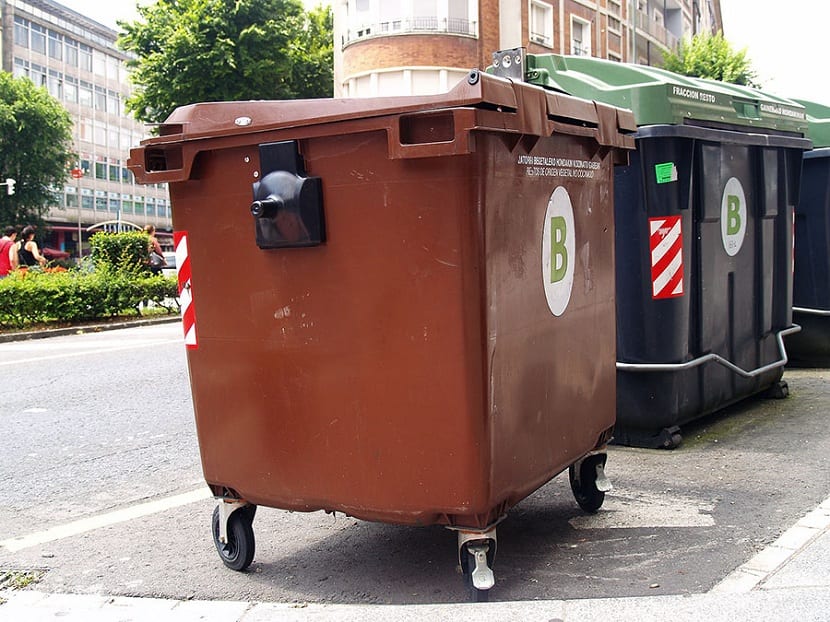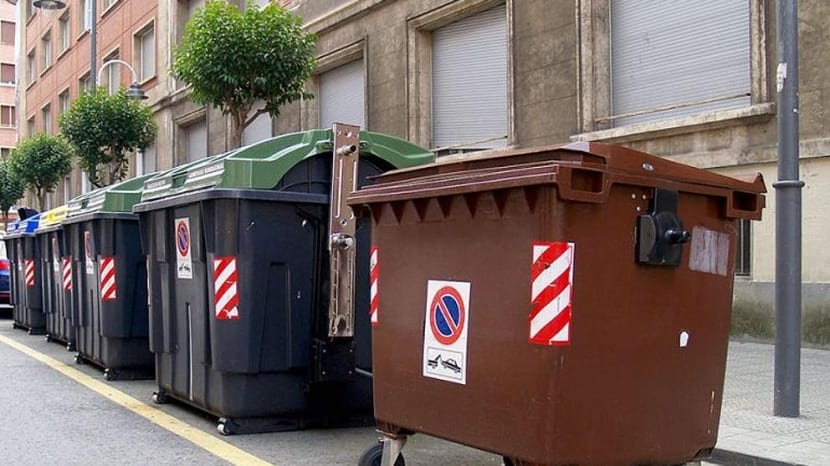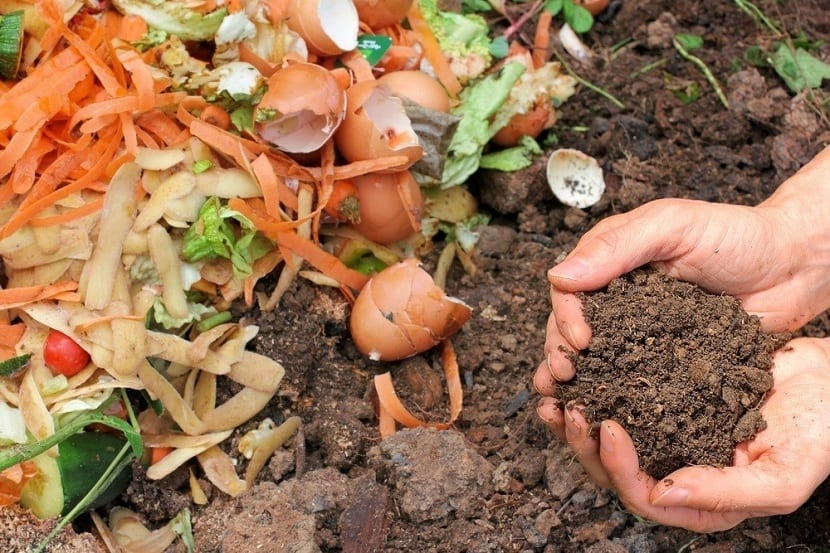
There are different types of recycling containers destined to a selective separation of residues for a better use. It is important that the management of this waste is well classified and organized to have a better recycling. As we know, each container has a different color in which we distinguish the waste that goes in it. In this case, we are going to talk about brown container. This container is frequently confused with gray and we are going to see the differences between them.
To solve all the doubts about what waste to deposit in the brown container, in this article we are going to focus on it in detail.
What is the brown container for

The brown container is a type of container that has appeared new and that many people have doubts about it. We already know that in the yellow container there are containers and plastics, in blue paper and cardboard, in green glass and in the gray the organic garbage. This new container brings many doubts with it, but here we are going to solve them all.
In the brown container we will throw the garbage that is composed of organic material. This translates to most of the food scraps we produce. Fish scales, fruit and vegetable skins, food scraps from dishes, egg shells. These wastes are organic, that is, they degrade on their own over time. This type of waste can become part of up to 40% of everything that is produced in the home.
It must be taken into account that most of the waste that is dumped into these containers will be food, although pruning and plant remains can also be dumped. One of the mistakes that many people make is to pour the waste oil in this container. There is already a designated container for this waste.
Which wastes to dump and which ones NOT to dump

We are going to list a list of waste that can be thrown into the brown bin to ensure that everything is in its order:
- Fruits and vegetables or their leftovers, both cooked and raw.
- Remains of cereals, legumes or vegetables. It also does not matter if they are cooked or not, it is still food and, therefore, degradable organic matter.
- Bread, pastries and cookies that we have left over or that have gone bad and we do not want to consume it.
- From the fruit we also throw away the bones, seeds, shells and whole nuts that have gone bad or we have left over.
- Any biodegradable material such as used kitchen paper, napkins, coffee remains (not the entire aluminum capsule, only the grounds), the bags in which the infusions come, the bottle corks, etc.
- Pruning remains, plants, dry leaves, flowers, etc.
- Sawdust, egg shells, meat, fish and shellfish.
Everything we have listed is sure we can safely toss the brown container. On the other hand, we also have a list of products that can generate doubts about the waste that we can throw away or not. For this, we are going to put another list of waste that should not be thrown in this container.
- Used cooking oil or any other type.
- Diapers, compresses, condoms or any product that comes for health and hygiene that has a single use.
- Bottle corks that are made of plastic or resin.
- Droppings of any kind.
- Stones, sand or soil from the garden.
- Cleaning products.
Differences between brown and gray container

Before focusing on the differences between the two, we must emphasize one thing. There are garbage bags that are recyclable. These bags are recommended to be used so that the recycling process increases greatly.
When asked if the gray container is the same as the brown one, the answer is no. Today, the brown container is listed as a different one than the gray or dark green garbage container is usually. Some city councils do outrageous things with these containers, causing a lot of confusion among those who are recycling.
The brown bin is for organic rubbish, while the other bin is more for inorganic rubbish. Given the doubts that may arise with these colors and their differences, the container should also indicate what has to be poured. If we want to be sure of what we have to throw away, it is best to search for the word "organic". In the container that puts this word is where we will throw the waste mentioned in the list.
What is achieved by recycling in this container

Surely you are thinking what industries and companies dedicated to recycling can obtain with a few remains of organic garbage. With food that does not serve you or used papers. As well, food scraps can be stored in large mountains and compost. Compost serves as a natural compost for plants. The treatment of the mountains of organic waste has behind an interesting and full of chemistry study to optimize its degradation and the production of compost. Depending on some variables such as temperature and humidity, it is some or other degrading bacteria that are responsible for forming the compost.
Another destination for organic waste is the generation of biogas. It is a biofuel that is used to generate energy. With this biogas, public transport and other vehicles can be powered.
Agriculture benefits from this quality compost that has great nutritional power for plant growth. Regarding biogas, It greatly helps in reducing pollution and utilizing other raw materials in energy utilization.
For all this, every time we see a brown container in our town, we must know what to throw in it and what not, so that the use of this waste is maximum. I hope that with this information you know more about the brown container and have no doubts.
I wanted to know where the surgical masks are recycled in which container you get